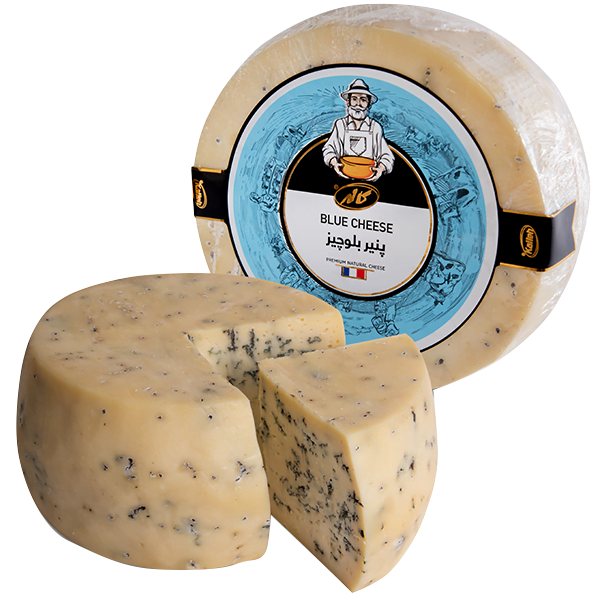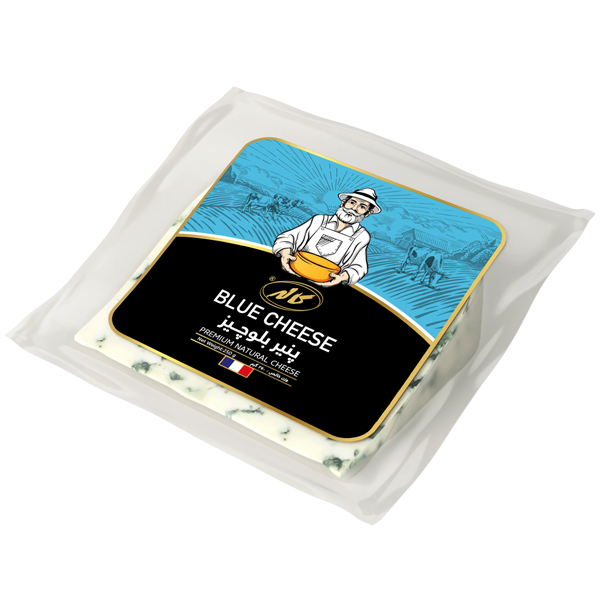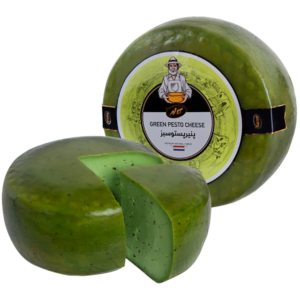blue cheese
Blue cheese is a type of French soft cheese with a strong taste and pungent smell, which is similar to Khiki and Kuzei cheese in Iran in terms of taste and texture.
- Pasteurized milk 3.5% fat
- Refined edible salt
- Rennet
- Calcium chloride
- Starter (mesophilic and thermophilic)
- Penicillium roqueforti mold starter
The history of blue cheese dates back to the 7th century AD in a cave outside the village of Roquefort in France. Legend has it that a distracted shepherd left his bread and cheese in the cave, and when he returned a few months later, the cheese was contaminated with the edible penicillium mold that grew in the cave’s soil. However, the shepherd ate bread and cheese, and this is how blue cheese was born. The humidity above the cave caused the milk to slowly ripen and mold. Today, these mushrooms are cultivated in the laboratory, and uniform blue streaks are formed on the cheese. Kale Blue cheese has a salty taste and a spicy smell, and each kilogram has the nutritional value of 12 to 14 kilograms of fresh cow’s milk. Serve blue cheese with apples, pears, grapes and apricots, crackers, beef, black olives, honey, and fig jam at parties. This cheese is also used in preparing sauces and dips to serve with steak, vegetables, chicken wings, shrimp, and fried chicken. Blue cheese creates a delicious taste in all kinds of meat sandwiches such as burgers and roast beef.





